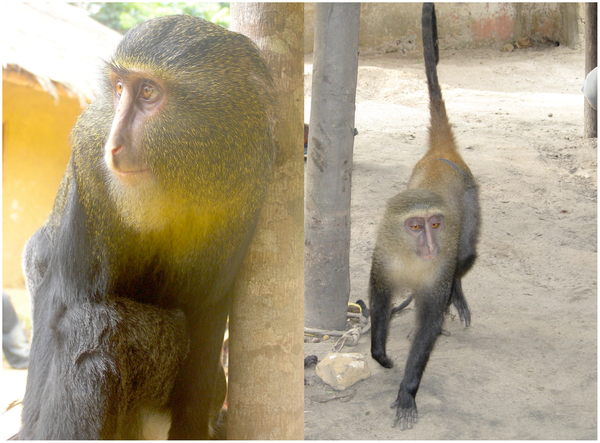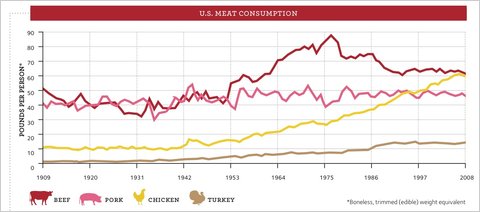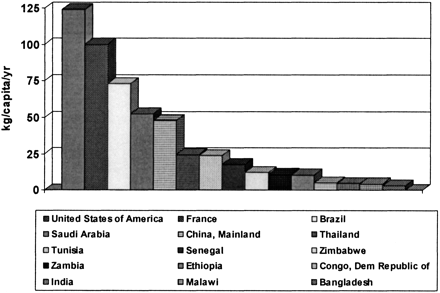For the last week of December, we’re re-posting some of our favorite posts from 2012.
We often hear that Christopher Columbus “discovered” America, a word that erases the 50 million-plus inhabitants of the continent that were already here when his boat arrived. A person can’t discover something that another person already knows about. In the American telling of the story, however, the indigenous population don’t count as people. They’re knowledge isn’t real.
This dismissal of knowledge-of-a-thing until the “right” people know about it is a common tendency, and another example was sent in by Jordan G. last week. CNN, ABC, CBS, and the Los Angeles Times, among other news outlets, reported that a new species of monkey was “discovered.”
So where did they find this monkey? Tied to a post in a Congolese village; it was a pet.

So someone knew about these monkeys. It just wasn’t the right kind of person. In this case, the right kind of person was a (bonafide) scientist (with credentials and institutional privileges not un-related to living in the West).
Now I’m not saying that it doesn’t matter that a trained scientist encountered the monkey and established it as a unique and previously undocumented species. The team did a lot of work to establish this. As the Times, which otherwise does a fine job on the story, explains:
Convinced the species was novel, team leader John Hart began an exhaustive three-year study to describe the monkey, and to differentiate it from its nearest neighbor, the owl face monkey. The study included geneticists and biological anthropologists, who helped confirm that the monkey was different from the owl face, though the two share a common genetic ancestor.
In other words, something significant happened because those scientists happened upon this monkey. But to say that they “discovered” it is to mischaracterize what occurred. The scientists write that it was “previously undescribed,” which is far more accurate. Their language also doesn’t erase the consciousness of the people of the Congo, where this monkey is “endemic.” In fact, they recommend the short-hand name “lesula,” “as it is the vernacular name used [by people who’ve known about it, probably for generations] over most of its known range.” In doing so, they acknowledge the species’ relationship to a population of human beings, making them visible and significant.
Lisa Wade, PhD is an Associate Professor at Tulane University. She is the author of American Hookup, a book about college sexual culture; a textbook about gender; and a forthcoming introductory text: Terrible Magnificent Sociology. You can follow her on Twitter and Instagram.


